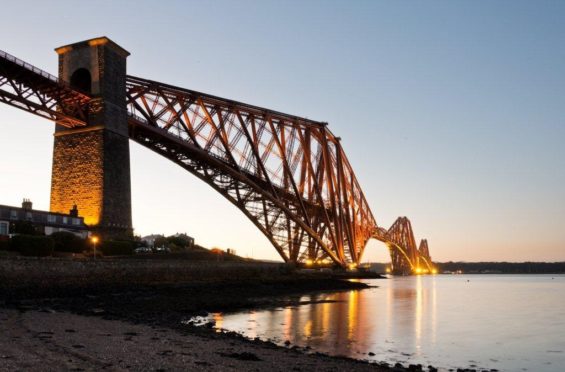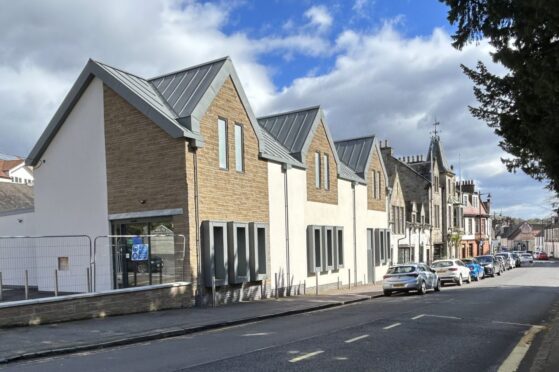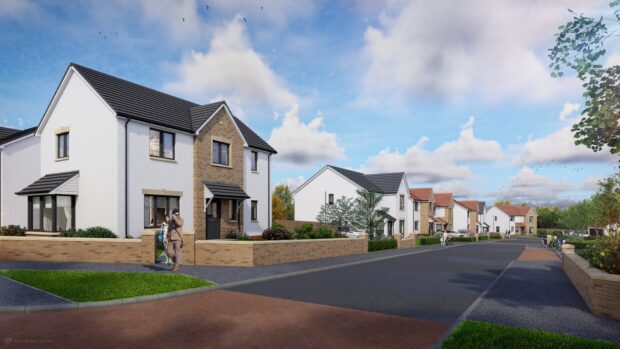Having lived in both Fife and Edinburgh, I was intrigued by comments from Kirkcaldy area committee convener Neil Crooks this week that living in the Lang Toun and commuting to the capital could save someone more than £8,700 annually.
It’s a fair chunk of change by anyone’s standards, and should be a huge incentive for people currently working in Edinburgh to consider a move to the kingdom.
Indeed, with house prices and the cost of living far lower on this side of the Forth, it seems like a no brainer, and the same should apply – albeit on a lesser scale – when you look at the likes of Perth and Dundee as potential commuter destinations.
The fact was highlighted as part of discussions around the new Mid-Fife economic action plan which, although in its infancy, at least starts to address how a large swathe of central Fife can tackle some of the challenges it faces in comparison to other areas.
But that document also concedes that doing so will involve a huge amount of work and resources, a significant amount of time, and other parts of the jigsaw falling into place to make Fife a really attractive place to live, work and visit.
The kingdom offers some of the most unique and memorable experiences in the country, with good food, friendly people and plenty of outdoor activities. It’s also home to some of the most beautiful and historic settings, so one wonders why we’re not fending people off with sticks as they all clamour to live here.
The answer sadly, and where the focus of these action plans should really be as a starting point, is addressing why people aren’t living and working here – or at least living here and commuting.
Improving town centres, maximising the attractiveness of what’s here, developing tourism accommodation and providing new platforms for in-demand jobs are all in the plan, both area-wide and geographically specific, and that’s great.
But when you look at the current logistics of getting to and from the capital for a typical 9am to 5pm job, the prospect of living here and working there does become decidedly less attractive.
Stories we’ve covered this week have highlighted congestion on the Queensferry Crossing and the fact there’s already more traffic than it can cope with at peak times, while another revealed that passenger numbers at Fife’s stations have fallen in the past year – most likely due to the unreliability and rising cost of train services on which getting a seat seems nigh on impossible.
An £8,700 annual saving sounds superb on the face of it, but when your employer gives you your P45 for being late three out of five times a week then unfortunately it’s an equation that doesn’t add up.
Fife’s got plenty to shout about, but unless the experience of people actually living here improves then you are less likely to lure people away from city centres and into the promised land.










